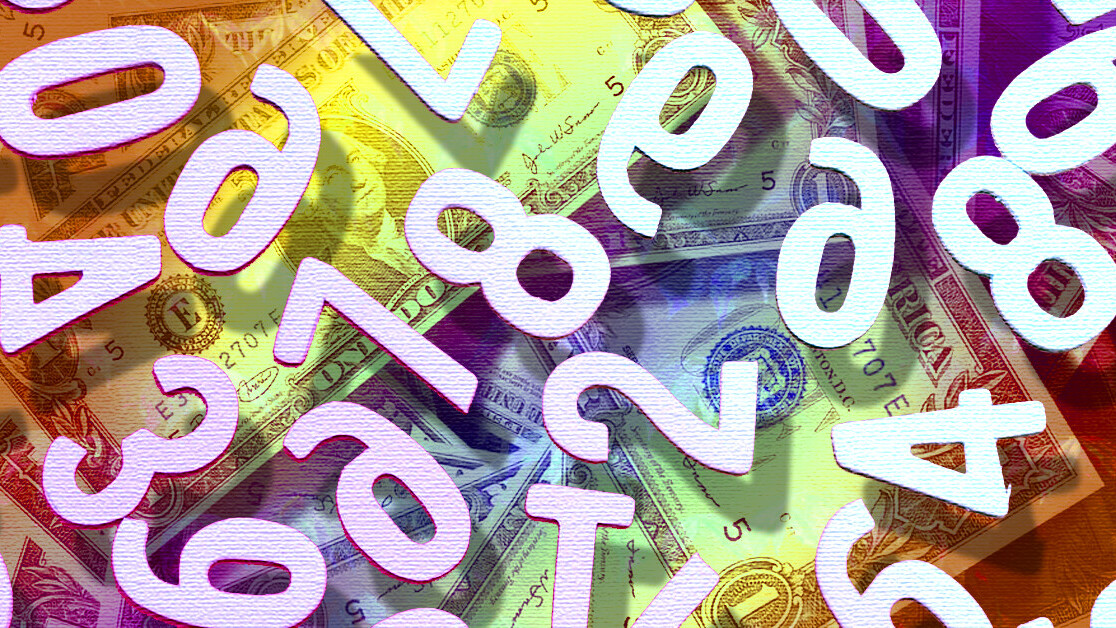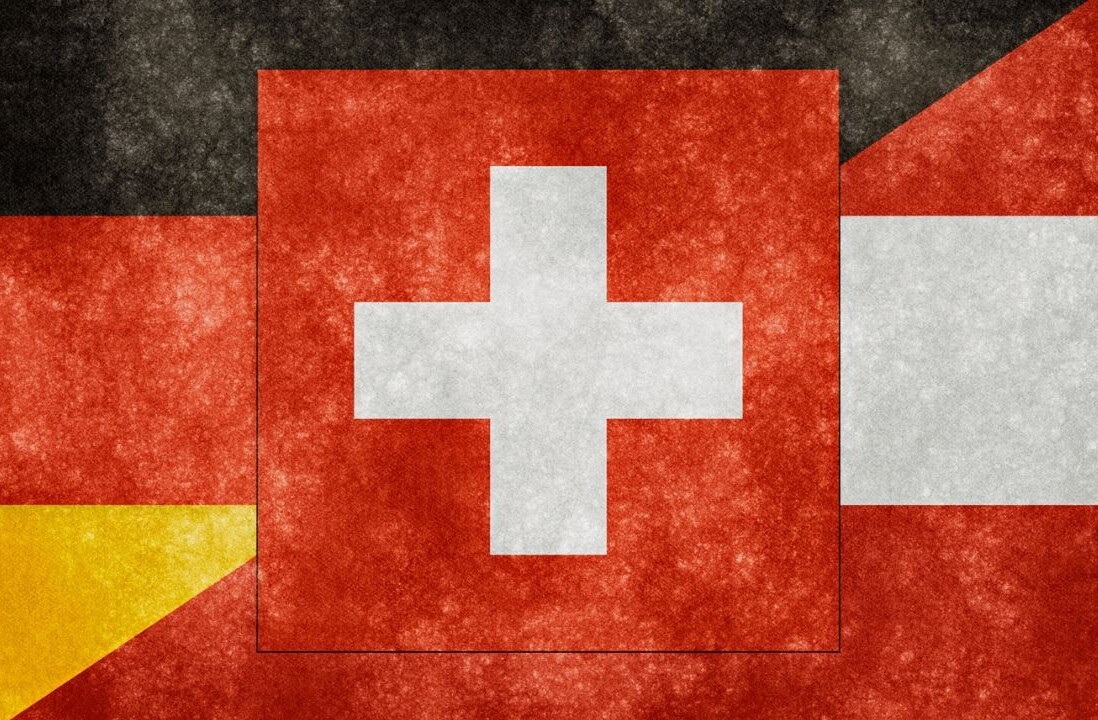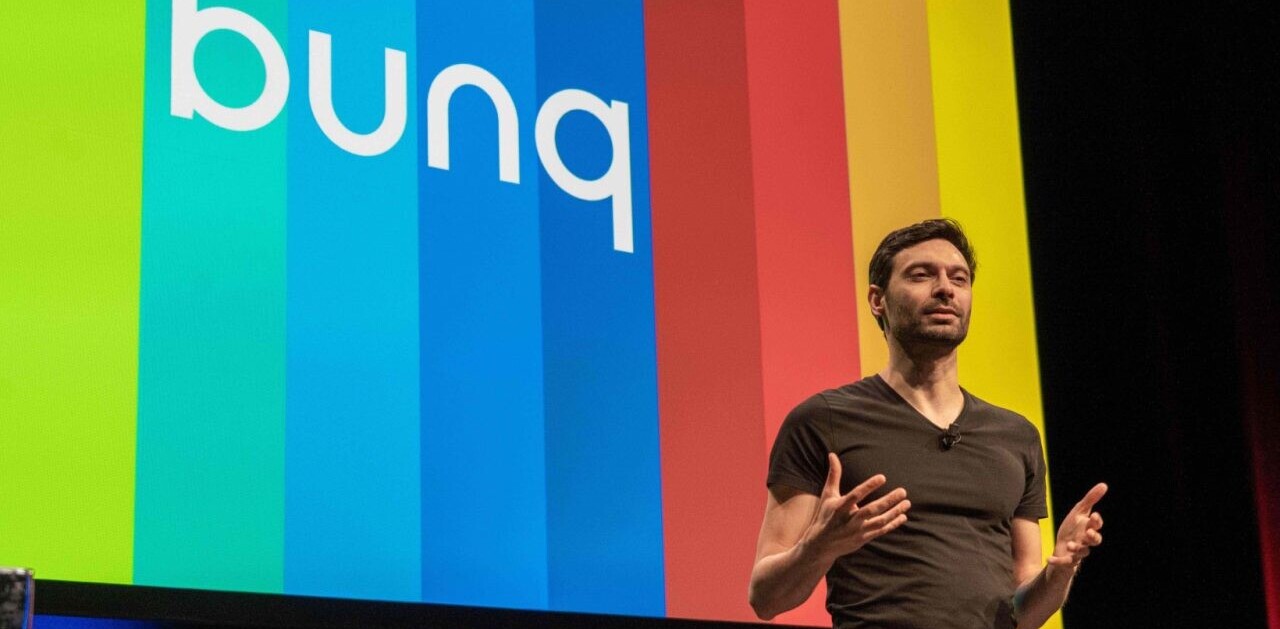
If you’ve ever taken a marketing 101 course, you’ve learned that keeping a customer is much more profitable than acquiring new customers. It’s an old piece of wisdom but still valid today.
Unfortunately, many SaaS companies forget about it and concentrate their efforts on generating new leads. The costs of acquiring new customers get very high, really quick. And if you’re unable to bind your user to your product, it is completely useless.
Most people judge the performance of a SaaS-company on its MRR while judging a company on its NDR might give much more valuable insight.
Why? Well, it’s not uncommon that a company’s MRR increases while their NDR deteriorates. In other words, the company is bleeding money.
One could argue that NDR is much more than a number; it quantifies how your clients value or love your product and how much of an impact you’re making on their lives… I’d say Customer lifetime value (LTV) is one of the most critical metrics for SaaS companies.
With that in mind, upgrades or downgrades and churns must be considered while judging a company’s performance.
What is Net Dollar Retention?
NDR is a metric expressed as a percentage. It illustrates the (change in the) amount of revenue from the current users a company can retain compared to another period with taking downgrades, upgrades, and churn into account.
NDR, or Net Dollar Retention, is not as well known as MRR, but a very valuable (if not more valuable) metric. Especially for SaaS-entrepreneurs. Why is NDR so important? Well, first and foremost for me is the fact that it’s very much possible to grow your MRR while losing money.
This scenario occurs when your marketing department is on fire. The acquisition of new users creates a revenue stream that exceeds the net reduction in revenue from your existing user base.
Let’s say your company starts this month with €100,000 in MRR. It books €50,000 in new subscriptions, zero in expansion revenue, suffers €20,000 in downgrades, and €5,000 in churn.
In this example, your MRR rose by a whopping 50%. And yes, you should bring out the champagne for that. But, your NDR is only at 75%. You lost 25% of MRR from your current userbase. Also, what was your marketing budget? How much did you spend to acquire these new users? Money is leaking from your business…
To understand Net Dollar Retention, you must consider expansion (by marketing), downgrades (of packages), and most of all churn, and their effect on monthly recurring revenue (MRR).
Let’s dig a bit deeper into what this means before we address the essentials of NDR.
Increases in MRR
MRR can increase via two broad mechanisms:
- Through newly onboarded customers
- Through an increase in usage or upgrades within your existing customer base
Simply put, MRR increases when your existing customers start spending more on your product. By upgrading a standard subscription to a premium subscription, for example. Or when your marketing department does a bang-up job.
An example of the first would be a user upgrading from a €10 basic subscription to a €50 premium subscription. In this case, the expansion revenue would be €40 or the net increase resulting from the upgrade.
€50-€10 = €40 increase in MRR
Decreases in MRR
Life can be hard, especially when you’re a SaaS-entrepreneur. Sometimes you lose clients, this decreases your MRR. This can happen in two ways:
- Through downgrades in usage within your existing customer base
- Through churn, where customers cease to do business you
Downgrades are any decrease in revenue caused by downgrading in use, which is basically the opposite of our previous example.
A downgrade would be a user moving from a €50 basic premium subscription to a €10 basic subscription. The downgrade in revenue, in this case, would be €40, which is the net decrease resulting from the downgrade.
€10-€50 = (€40)
Churn
I’d define churn as a disaster. Or, more mildly put, as losing users.
An example of churn is a user leaving the platform from a €50 subscription. The churn would be €50, the net loss resulting from the user leaving your platform.
But with that out of the way, let’s get to the meat of this article.
Calculating Net Dollar Retention
NDR accounts for the changes in MRR caused by expansion, upgrades, downgrade, and churn within an existing customer base.
It is expressed as a percentage and calculated using the following equation.
(Starting MRR + expansion — downgrades — churn)/ Starting MRR *100 = NDR
For example, a company starts the month with €10,000 in recurring revenue. Over the month, it added €2,500 in expansion revenue, has €1,000 in downgrades and another €500 in churn.
(€10,000 + €2,500 — €1,000 — €500)/€10,000 *100 = 110% NDR
The company now has €11,000 in MRR and due to an NDR of 110%
Making use of NDR
A Net Dollar Retention below 100% means churn and downgrades were bigger than the growth you realized with your existing customers. You are losing users, or they’re spending less on your product. The role that your product plays in their life is not significant enough. They can do without you. Or, with less of you. Both are a little painful.
It’s like being dumped.
If this analogy seems a little far fetched, but I tend to disagree. People don’t leave something that they really love. Or, in this case, a product they really love. Maybe, just maybe, you’re not loveable enough, and it is time to invest in the relationship.
How to improve the NDR?
If your NDR is bad, don’t worry. I’ve worked with many SaaS companies along with my team and we’ve seen it’s more than possible to beat churn and turn your negative NDR into a positive one.
Of course, there are plenty of ways to turn NDR around, but the one I have the most experience with is through human-centered design. A human connection built straight into your application will make your users fall in love and make sure they’ll stay with you as long as possible.
Design helps you get your product from liked to loved. What does this mean? Well, your marketing efforts are more fruitful, your clients more positive, and VC’s are banging on your door. Making sure your users never leave you anymore, invest in the upgraded design of your SaaS product.
So calculate your NDR and find the best way to get it to where you want it to be.
Get the TNW newsletter
Get the most important tech news in your inbox each week.




